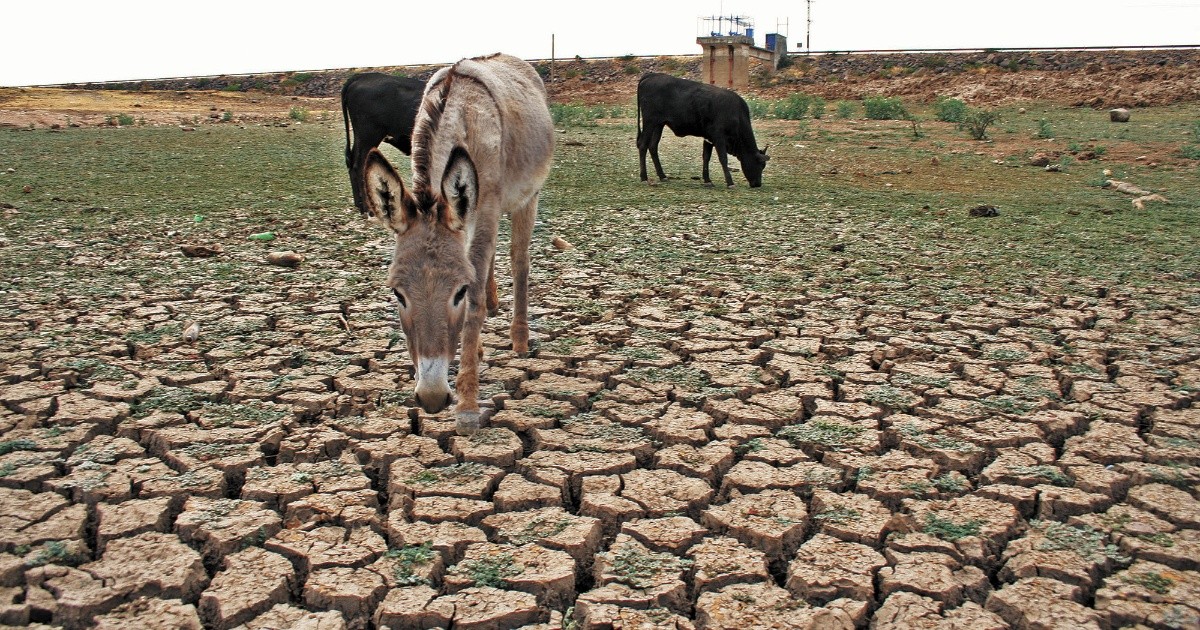Of all the regions of the country, the north is the most concerned about the 2023 drought, since it would affect its economic activity and increase inflation levels.
From the Report on the regional economies October-December 2022, the general director of Economic Research of the Bank of Mexico (Banxico), Alejandrina Salcedo Cisneros, explained that they developed a series of indices focused on the exposure of subnationals to drought.
This is useful, he explained, in the current context in which the probability of extreme climatic events, such as droughts, is increasing, added to the fact that it is necessary to know the vulnerability of agri-food activities in the regions of the national territory and the evolution of product prices.
According to the specialist, the region made up of Baja California, Chihuahua, Coahuila, Nuevo León, Sonora and Tamaulipas, is more concerned about its previous experience with droughts and the water stress experienced in recent years.
“For the northern region it is where it arises most frequently (…) one of which has been most affected in the most recent droughts,” he deepened.
Regarding the products that are most vulnerable to a drought in the north of the country, corn, beans, tomatoes, green tomatoes, potatoes and onions stand out.
The drought appears in a context where the north is the national leader in the production of inputs such as corn, and which at the same time could lead to an increase in their prices.
Additionally, during 2022 the north presented a less severe drought, which favored the production of certain crops such as wheat and the strength of external demand.















